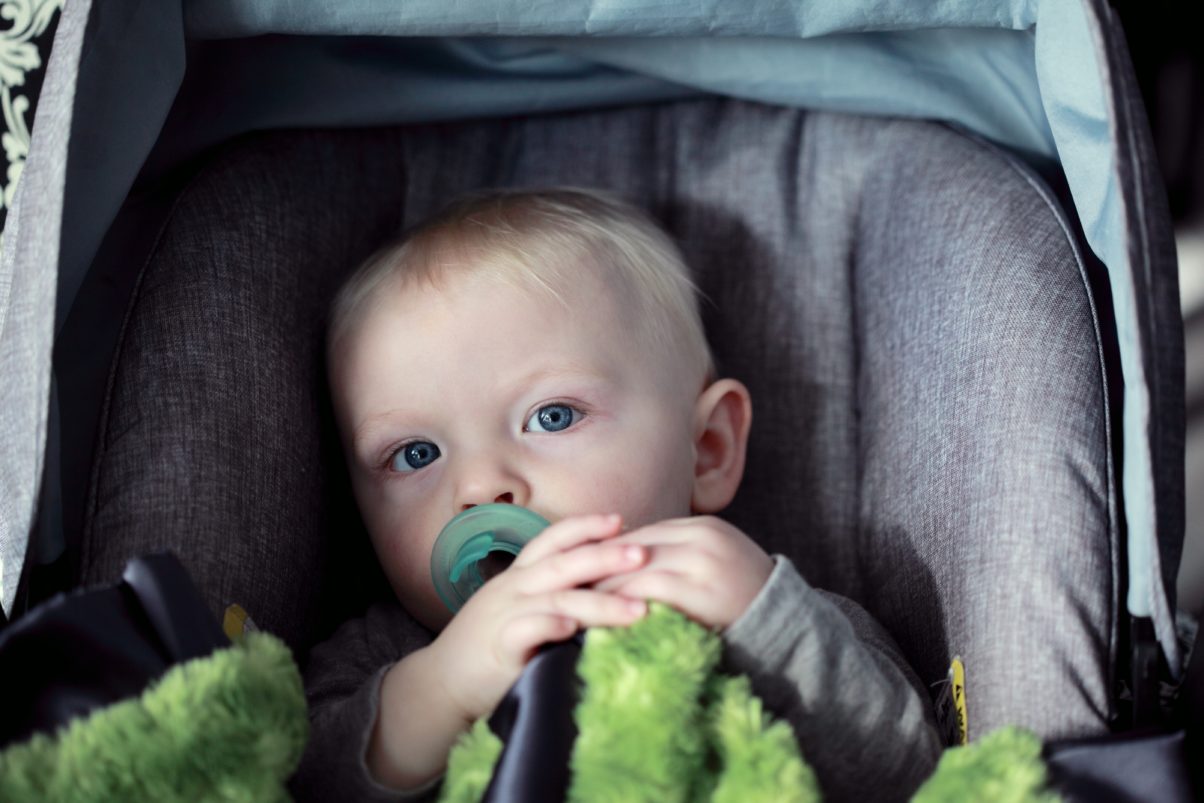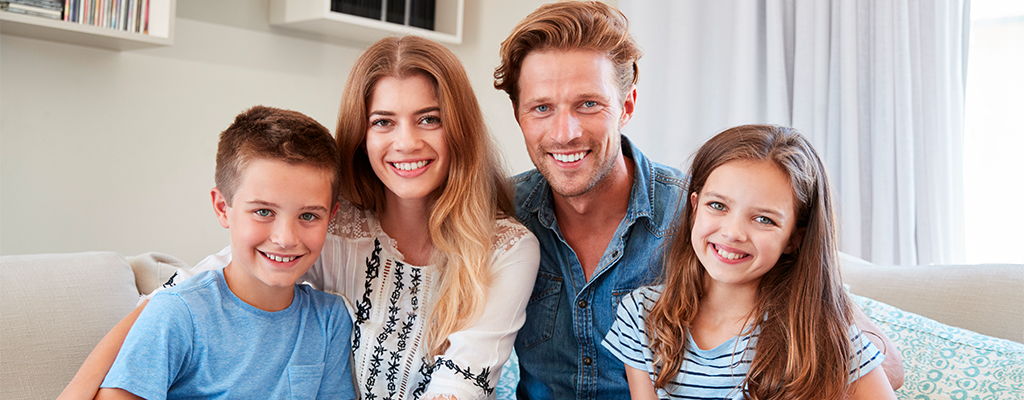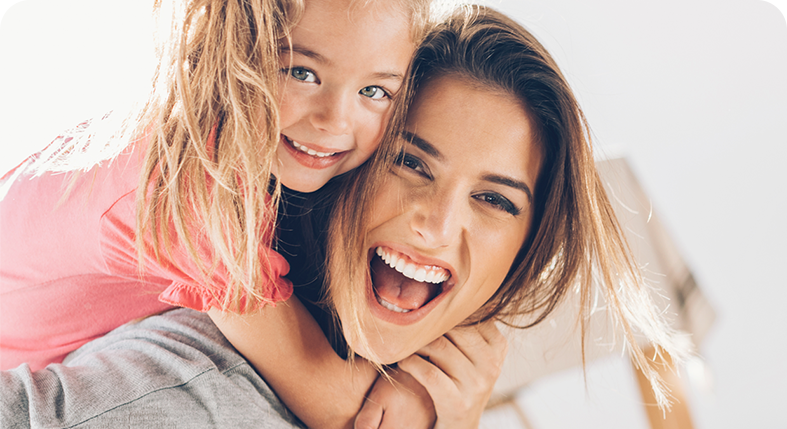Countless parents use pacifiers to soothe and comfort fussy children. While common, this can actually pose risks to developing mouths. Here’s what you should know about using pacifiers safely, along with some tips for weaning your child off pacifiers for good.
Are Pacifiers a Bad Idea?
While they may help soothe fussy babies, pacifiers come with a certain amount of risk, especially when used over long periods of time. According to the American Dental Association, long-term use of pacifiers can alter the shape of developing mouths and the alignment of teeth. As infants develop, their jaws can begin growing around pacifiers if they are consistently held within their mouths. Because pacifiers tip the mouth upward, they can cause teeth to become crooked, while also promoting bite problems and jaw alignment issues.
It’s not uncommon for babies to develop “pacifier teeth,” a term referring to certain developmental irregularities. This can lead to long-term issues, requiring expensive and uncomfortable dental treatments to restore the jaw and teeth to a natural state.
According to the ADA, pacifiers could also increase the risk of tooth decay in infants. When parents use their mouths to clean or rinse pacifiers, they can transmit cavity-causing bacteria to their babies. They can also inadvertently increase the risk of tooth decay by dipping pacifiers in juice, Karo syrup or other sugary substances either to soothe fussiness or get infants to accept a pacifier in the first place. Since a child’s teeth are vulnerable to decay as soon as they erupt, parents should take steps to reduce the risk of cavities as much as possible.
With all that said, pacifiers aren’t entirely bad. A study appearing in the American Academy of Family Physicians (AAFP) suggests that pacifiers can have a positive effect on kids between one and six months old. In fact, pacifiers may even reduce the risk of sudden infant death syndrome (SIDS).
As children grow, however, they must leave their pacifiers behind to prevent developmental issues. Unfortunately, parents don’t always know how to get their kids to give up their pacifiers without causing fussiness or emotional distress. If you’re not sure how to wean your child off his or her pacifier, read this helpful guide.
Using Pacifiers Safely
If you choose to use a pacifier with your child, follow these tips:
- Choose pacifiers with sealed bases and always replace damaged devices.
- Be sure to choose a one-piece pacifier that won’t be a choking risk.
- Never use pacifiers with moving parts, built-in gadgets or liquid interiors.
- Don’t hang a pacifier on a string around your baby’s neck.
- Never dip a pacifier in honey, sugar, corn syrup or other sugary food.
- Disinfect the pacifier regularly by boiling the device for babies younger than 6 months.
After your child’s first birthday, talk to your child’s pediatric dentist about how and when to wean your baby from his or her pacifier.


 Previous Article
Previous Article

